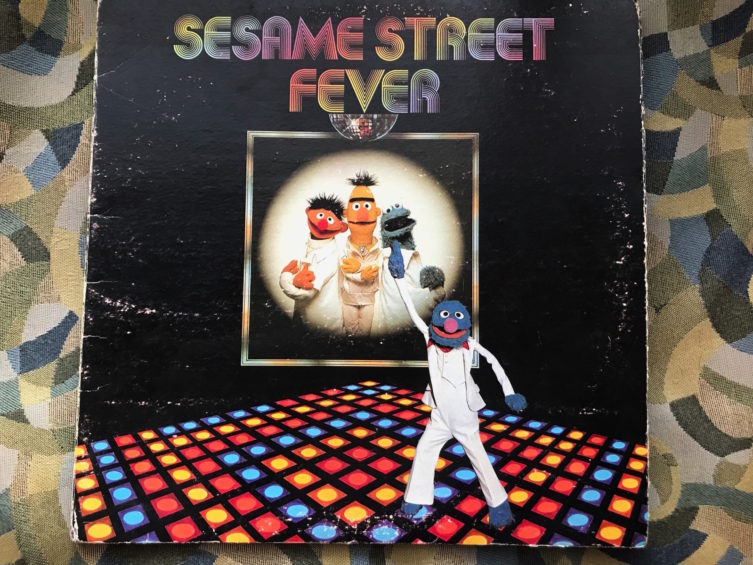Our Brains’ Super-Highways
Garbage in. Garbage out. Most of our moms have said this to us at some point. Most likely related to something they really disapproved of. In my case, the record, Sesame Street Fever (it’s a long story…). While I don’t purport using the “garbage in – garbage out” as a way to manipulate people into doing what I want, I do believe there are ties to the concept that impact our relationships and our teams.
How does “garbage in -garbage out” work from a brain perspective? There’s been a lot of research around the concept of neuroplasticity. Neuroplasticity happens when connections are made across the neural network in our brain. Essentially, our brain creates super-highways that it travels quickly in response to outside stimuli.
On our teams, that stimuli may be a co-worker who is irritating. At home, it may be the trigger that causes you to explode when you find dishes left out in the living room for the 20th time that week. (That one is hypothetical, of course.)
What’s interesting about this process is first, that our brains create this crazy, fast reaction based on our emotional response to someone, and second that we can help shape our reactions to certain stimuli and re-train our brains to respond differently.
In the case of co-workers, you may have a set perception as to why someone does something. Mary does this because she wants attention. Ahmed does this because he thinks he’s smarter than everyone else. These are our perceptions, and we feed our own opinion by looking for examples of where our responses are justified, thus strengthening our neurological super-highway.
Harvard Business Professor Chris Argyris called this the Ladder of Inference. Here’s a great video by Ed Muzio that will walk you through the Ladder of Inference. The challenge, for us, becomes not stepping into our emotional perceptions of someone’s behavior, but looking at the observable behaviors exhibited by that person.
In the case of our co-workers, Mary may be an external processor who speaks aloud to think through processes. We see this as wanting attention, but in fact, it’s simply processing aloud. For Ahmed, he may have to verify something to know the fact for himself, but we interpret it as a being a know-it-all.
So how do we change our neural pathways when it comes to an opinion super-highway in our brain’s patterning?
We seek different information when we know we’ve jumped to a conclusion. We ask what else may be happening behind the scenes that I don’t know. Or we have a conversation with that person clarifying what his or her comment or action meant. Crucial Conversations calls this technique, Explore the Other Person’s Path.
Each time we question our immediate emotional response, we are teaching our brain to hit the brakes before heading down that super-highway, and we’re beginning the construction of a new bypass system leading to a more reasonable, logical conclusion.
Now, back to mom. Garbage in. Garbage out. If I allow myself to create neural pathways that are unhealthy and unproductive, I’m going to need to be intentional about creating new pathways that are healthier and better. If I put in garbage opinions or emotions, I’ll repeat the path to my distorted emotions and drive my own garbage from relationship to relationship.
Your task this week is to identify your neural super-highway reactions and to re-route the garbage truck to take the trash out of your brain. Trust me, it’s easier said than done, but well worth the work.
I think I may go listen to some Sesame Street Fever while I contemplate my own next move.
Keynote speaker, trainer, and consultant, Sarah Gibson, helps organizations leverage the power of communication, teamwork and diversity to improve engagement and transform teams. To buy her book or inquire about her speaking programs, please visit www.sarahjgibson.com.



